Citizen Tech: Social Media in Disaster Response
Amy Sample Ward
FEBRUARY 19, 2011
My contribution to the panel is to provide context about the use of social media in emergency and disaster response as well as an overview of some of the tools we saw deployed last year and we may see in the future. It evolves to meet our changing needs, to fit our changing lifestyles, and to integrate into the way we do our work.






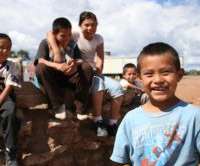


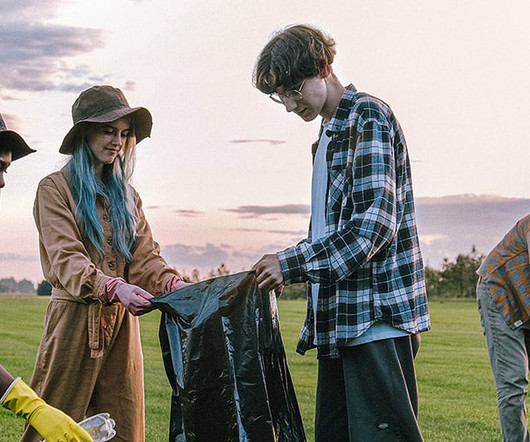



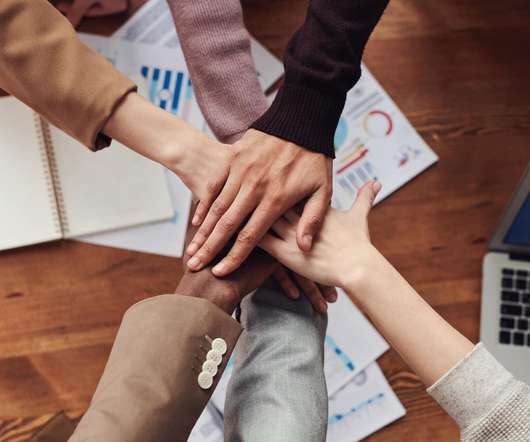


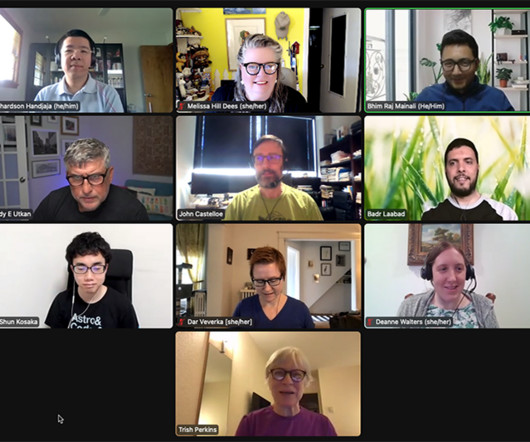













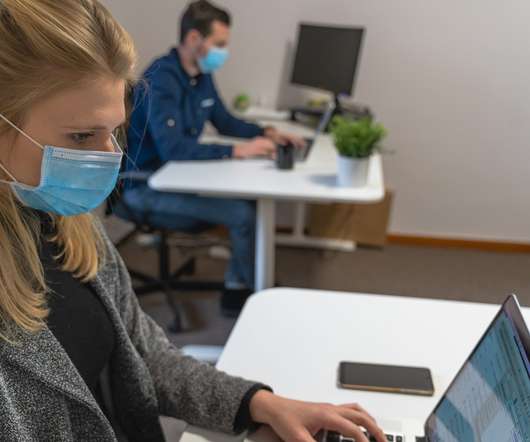









Let's personalize your content